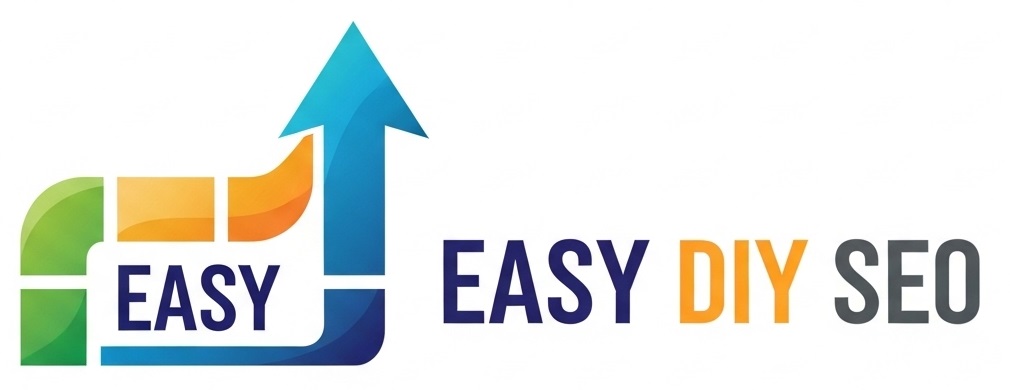SEO Glossary
To help demystify this process, we’ve compiled a comprehensive SEO glossary featuring the most commonly used acronyms and terms that form the backbone of successful SEO campaigns. This glossary serves as an essential resource for both beginners and seasoned professionals who aim to navigate the intricacies of search engine optimization with confidence.
SEO is a complex and dynamic field that relies heavily on a variety of specialized terms and acronyms to effectively communicate strategies, techniques, and best practices. Understanding these terms is crucial for anyone looking to optimize their website and improve its visibility on search engine results pages (SERPs); thus, our basic SEO Glossary.

Key Acronyms in Our SEO Glossary
| Acronym | Description |
|---|---|
| ALT | Alternative Text Attribute Sometimes referred to as alternative text or alt attribute, an alt tag is used within the HTML coding of a webpage to give a text description to text images. This is useful for those who cannot see the images in their browser and will usually appear when the mouse hovers over an image. It also helps from an SEO perspective by giving search engine crawlers an idea of what the image is about—think of it as a caption for Google’s spiders. |
| ANCHOR TEXT | A hyperlink contains visible, clickable text. |
| BLACK HAT SEO | A type of SEO that uses aggressive and unethical techniques to achieve results. These techniques go against search engine guidelines and can result in penalties from Google. |
| BOT | Also known as a “Web crawler” or “spider,” it’s a software program that browses the internet in a methodical, automated manner. |
| CAPTCHA | Completely Automated Public Turing Test to Tell Computers and Humans Apart A spam tool that makes commenters prove they are human and not spam software or computer programs. These usually consist of an extra step before a comment is submitted that takes the form of entering the key from a distorted image of numbers and letters. |
| CMS | Content Management System CMS, like WordPress and Drupal, is a platform that allows for publishing, editing, and modifying webpages within a website. They are great for blog and website managers who do not have vast knowledge and experience with maintaining a traditional HTML (more on that later) site. |
| CRO | Conversion Rate Optimization Conversion rate optimization is the process of making changes to your ads, marketing strategies, or website with the goal of turning more viewers or visitors into conversions. What constitutes a “conversion” varies from company to company. |
| CTA | Call to Action A CTA is an image or line of text that prompts a reader or visitor to take your desired action. This can range from clicking a button, signing up for a newsletter, visiting a different link, and more. |
| CTR | Click Through Rate A measurement of performance determined by dividing the number of clicks received by the number of impressions received. CTR is tied to keywords, search results, and PPC ads. |
| DA/DR | DOMAIN AUTHORITY/DOMAIN RATING Metrics used to predict how well a website will rank on search engines based on factors such as age, popularity, and size of the website. |
| DNS | DOMAIN NAME SYSTEM A system that converts a domain name (such as example.com) into an IP address (such as 127.0.0.1). |
| GSC | GOOGLE SEARCH CONSOLE A free web-based tool provided by Google that helps website owners track, maintain, and troubleshoot their site’s presence on Google Search. |
| GUI | GRAPHICAL USER INTERFACE A type of user interface that allows users to interact with electronic devices through the use of images rather than text commands. For example, the Windows operating system uses a GUI. |
| H1 | HEADING 1 The largest and most important heading on a web page. The H1 heading usually contains the title or main keyword of the page. |
| H2, H3… | HEADINGS 2, 3, ETC. These are more minor headings that help to organize the content on a web page. H2 headings are usually secondary keywords or phrases, while H3 headings are typically tertiary keywords or phrases. |
| HREFLANG | A code that is used to tell search engines what language a web page is written in. This is especially important for websites that are available in multiple languages. |
| HTML | Hypertext Markup Language HTML is the “markup language” that is used to create and format webpages and websites. It allows browsers to understand what a website should look like. |
| HTTP | HYPERTEXT TRANSFER PROTOCOL The protocol that is used to transfer data on the web. |
| HTTPS | HYPERTEXT TRANSFER PROTOCOL SECURE A more secure version of HTTP that is used to transfer sensitive data, such as credit card information. |
| LPO | Landing Page Optimization Landing page optimization is a broader form of CRO that focuses on improving the performance of a landing page in terms of visits, conversions, and sales. |
| LSEO | Local Search Engine Optimization Local SEO is the process of optimizing your website for local search results, increasing your site’s visibility for geographically related or targeted searches. |
| PA | PAGE AUTHORITY A metric that is used to predict how well a web page will rank on SERPs. It is calculated by Moz and ranges from 0-100, with higher numbers indicating a better chance of ranking. |
| PAA | PEOPLE ALSO ASK A feature in Google Search that displays a list of related questions people have asked about the topic. |
| PBN | PRIVATE BLOG NETWORK A group of websites is used to artificially improve the ranking of a website. PBNs are considered a black hat SEO technique and can result in penalties from Google. |
| PPC | Pay-Per-Click Advertisers (meaning business owners and other companies) bid on keywords for paid search results and pay a fee every time an ad is clicked be a searcher. PPC is complementary (not cannibalizing) to SEO (more on that later) efforts. |
| PPC | PAY-PER-CLICK An advertising model in which advertisers pay a fee every time their ad is clicked. |
| PR | PageRank PageRank is an algorithm used by Google to rank websites in their SERPs. According to Google, PageRank is determined by counting the number and quality of links to a page to determine the importance and value of that website (under the assumption that more links to a webpage signals more importance and authority). |
| ROI | Return on Investment ROI is the amount you make from a given marketing effort (PPC, SEO, direct mailer, etc.) compared to the amount spent on that effort. The higher your ROI, the more successful that marketing effort. |
| SEM | Search Engine Marketing Search engine marketing encompasses all methods that attempt to increase a website’s online presence and search engine real estate—including SEO (more on that later) and PPC campaigns. |
| SEO | Search Engine Optimization The process of changing your website’s code, structure, on-page, and off-page content in a way that allows search engines to more easily find, index, and rank your site on a SERP (more on that later) relative to competitors. SEO is typically thought of as an organic or unpaid search engine marketing strategy. |
| SERP | Search Engine Results Page The SERP is the listings provided by Google or another search engine for a given search term or phrase. Now, SERP can include organic, paid, local, mapped, and image listings to better provide the searcher with exactly they are looking for. |
| URL | Uniform Resource Locator Mostly known as a URL, this acronym basically means a web address. It is a string of characters that lets your computer know where to go on the server to find that specific webpage. |
| UX | Search Engine Results Page The SERP consists of the listings provided by Google or another search engine in response to a specific search term or phrase. Now, SERP can include organic, paid, local, mapped, and image listings to better provide the searcher with exactly they are looking for. |
| XML | EXTENSIBLE MARKUP LANGUAGE A type of code used for structuring data. XML is often used for sitemaps. |
Is our SEO Glossary 100% complete? No, we could add LSI (Latent Semantic Indexing) – A method used by search engines to understand content context by analyzing related terms and synonyms. This methodology will be explained in our copywriting course.
This SEO glossary is not just a list of abbreviations; it represents the foundational elements that drive successful optimization strategies. By familiarizing themselves with these terms, website owners and marketers can better collaborate with SEO specialists, interpret analytics data, and implement targeted improvements.
Regularly updating and referencing this SEO glossary ensures that users stay informed about evolving industry standards and algorithm updates, enabling them to adapt their strategies for sustained growth and competitiveness in the digital landscape. Whether you’re conducting an SEO review, refining keyword strategies, or analyzing performance metrics, this glossary is an indispensable tool for mastering the art and science of search engine optimization.
